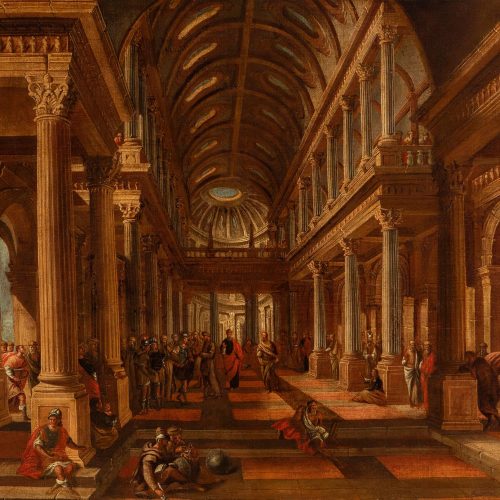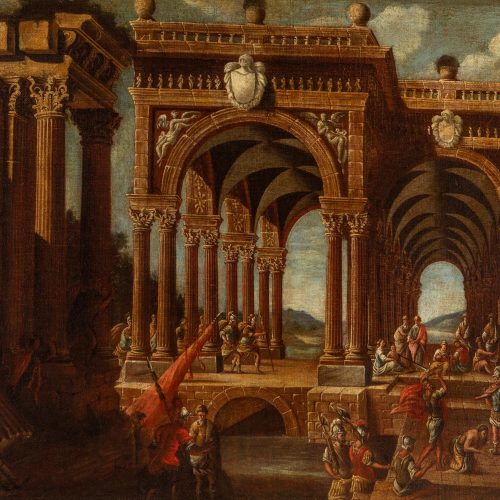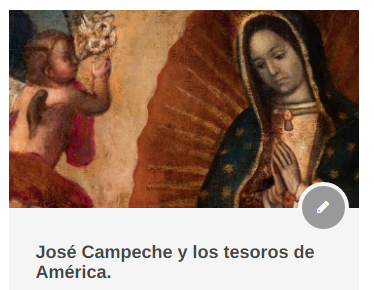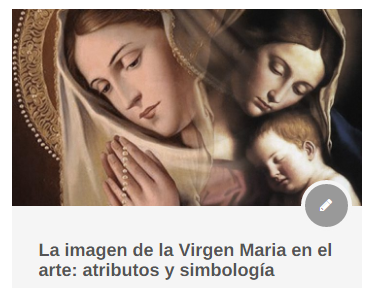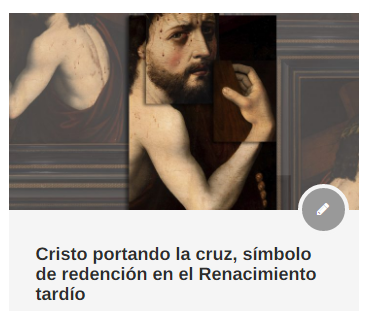The painting of whims: between reality and fantasy
The fanciful architectures of the painting of whims will be tendered in Setdart next January 26
In the plastic arts, Capricho is known as those paintings in which an architectural landscape is generally represented in which real and fictitious elements are combined, such as archaeological remains, emblematic buildings or ruins, in order to captivate the viewer. Traditionally, whimsy used to be a subgenre of landscape painting, until over time they came to designate other types of works in which fantasy was the common denominator.
The antecedent of this type of painting has its origin in the Italian painting of the 16th century, and in particular in the architectural environments that were painted such as the ceiling decorations known as “quadrature”. During the 17th century, these architectural elements gained greater prominence until they became independent subjects for easel paintings.
The first artists who made this genre known are found in Rome in the mid-17th century, where names such as Alessandro Salucci and Viviano Codazzi stood out. Both artists represent the two aspects that can be found within this genre: while Salucci’s landscapes show us greater freedom and creativity, Codazzi’s works still had a certain link with reality.
In this sense, the pair of canvases that we present at auction falls within the circle close to Codazzi. In the same way that the Lombard painter did, despite the imaginative component intrinsic to the genre, the architectural views that concern us keep a certain degree of verisimilitude, playing with the lighting to obtain typically baroque expressive effects, which enhance the appearance of the buildings of old look. In fact, it is in this type of work that we find the antecedents of the “vedutista” painters who, like Canaleto or Belloto, felt powerfully influenced by the vision of these architectures.
Later, already in the 18th century, this genre reached its maximum splendor thanks to artists such as Marco Ricci or Giovanni Paolo Pannini, who were forerunners of the neoclassical movement, where scenes of ancient ruins incorporated fantasy elements in order to help evoke a glorious and heroic past.
The success achieved by this type of painting is largely due to the historical context in which it was conceived, where the trip that wealthy people made to finish their education -known as the Grand Tour-, became a true fashion among women. European elites. Their favorite destination was undoubtedly Italy, where they sought to immerse themselves in that classic past of the transalpine country. In this way, many of these aristocrats began to create their own collections of ancient art while others turned this type of painting into an exquisite and valuable souvenir of this trip through Italy.

